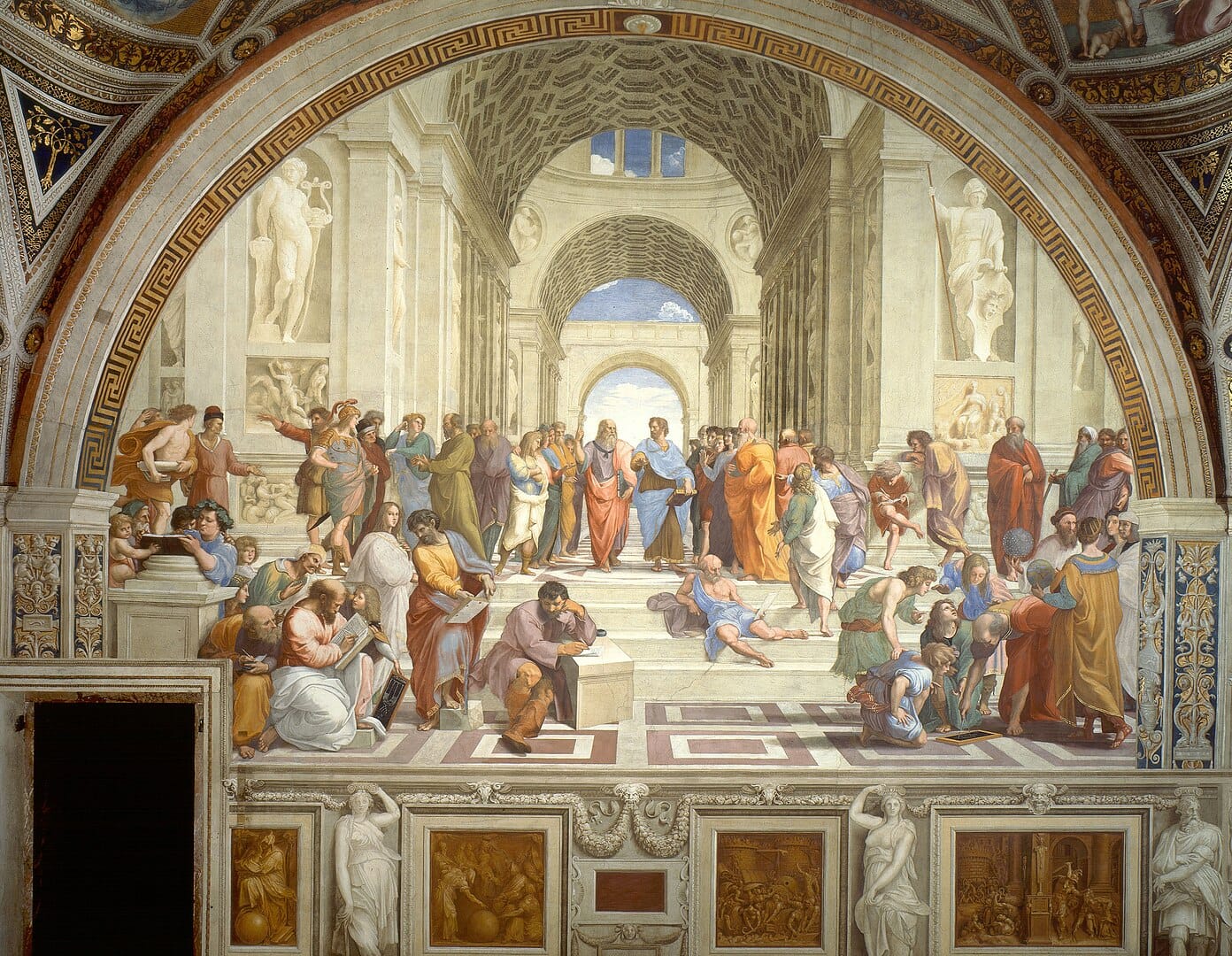Darklang Goes Open Source

As part of shutting down Dark Inc. and forming Darklang Inc., we've finally open-sourced all of our repositories. Our source code is now under the Apache License 2.0.
For years, we wrestled with questions of sustainability and how to build something that truly empowers developers. We've long believed in open source philosophically, but felt that Darklang's unique architecture and business model required a different approach.
Why We Initially Chose Source-Available
We originally designed Darklang as a hosted-only platform where you'd code at darklang.com and programs would instantly be live in production. We believed this centralized approach was necessary for features like safe code migration and unified deployment, and that offering self-hosting would undermine our sustainability model.
The core challenge was building something valuable while ensuring we could continue working on it long-term. Traditional open source funding models all had limitations, so Darklang was designed as "a language with a business model" - users with serious workloads would fund ecosystem development through our hosting platform.
What Changed Our Thinking
Three key shifts changed our perspective:
Product maturity and user feedback: The real barrier to Darklang's adoption was never licensing - it was product maturity. As we've gotten closer to building something people love, staying source-available started feeling like an unnecessary risk. We consistently heard that people wanted us to be more open.
Building for local-first development: Our technical direction evolved significantly. We're now building Darklang to run locally as a CLI, with the ability to deploy to our cloud or elsewhere. Nobody wants to run a proprietary language binary on their own machine.
New business opportunities: The developer tools market has matured since 2017. We now see successful companies charging for team collaboration features and AI-powered tools while keeping the core platform accessible. These create value that teams are willing to pay for, while always having the option to self-host.
Why Open Source
Open source enables Darklang to be accessible, inspectable, and community-owned. It aligns with our philosophy of democratizing programming and ensures the platform can persist and evolve regardless of any single company's fate.
We've learned how to deliver Darklang's key benefits - invisible infrastructure, deployless deployment, trace-driven development - without requiring our specific editor or hosting environment. This makes open source viable while preserving what makes Darklang special.
Open Questions
We're still exploring some interesting technical challenges around licensing in the Darklang ecosystem. GitHub handles this by attaching LICENSE.md files, but in a world where a package manager syncs types and functions directly, there are some neat challenges to think through. The core platform being open source gives us a solid foundation to build on.
Comment on Hacker News, Twitter, Mastodon, Lobste.rs, LinkedIn

